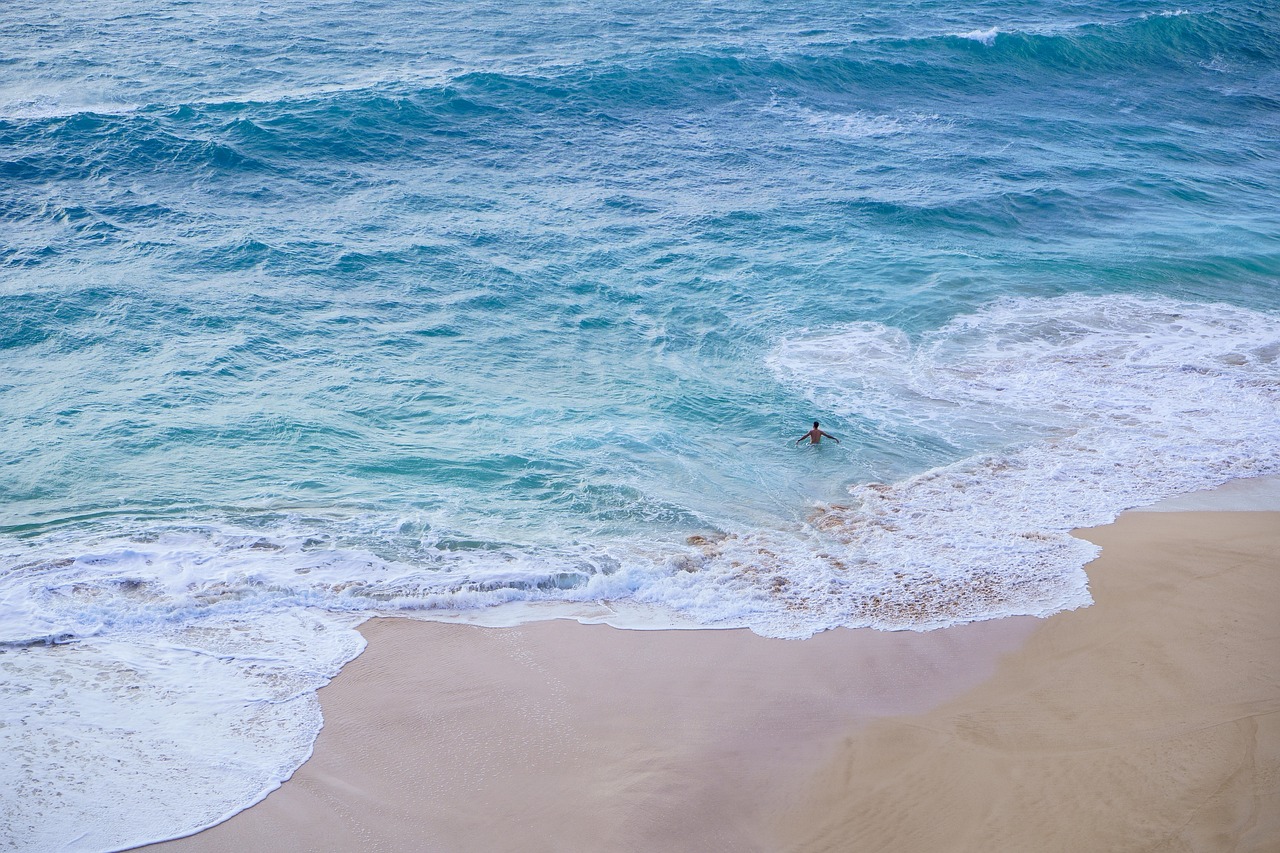Have you ever wondered how fierce rivalries shape sports culture and community identities? The rivalry between Pacific and Hawaii isn’t just about competition; it encompasses a rich tapestry of history, culture, and pride.
Historical Background
Origins of the Rivalry
The rivalry between Pacific and Hawaii can be traced back to the early 20th century when both institutions began to establish themselves as key players in collegiate athletics on the West Coast. As both institutions focused on building robust athletic programs, their encounters on the field and court became increasingly competitive. This competition was fueled by geographical proximity and a mutual desire for excellence, laying the groundwork for what would evolve into a storied rivalry.
Cultural Significance
Beyond athletics, the rivalry has roots in cultural exchanges between the Pacific Northwest and the Hawaiian Islands. Events, such as the Pacific Islander Festival, showcase the rich heritage of Hawaii while fostering camaraderie and competition with the Pacific region. These cultural highlights underline the unique connections and cultural significance that elevate the rivalry beyond mere sports contests.
Current Trends and Statistics
Sporting Success
Recent seasons have shown fluctuating success between the two athletic programs. Analysis of the win-loss records reveals a tight competition, with several key games always drawing substantial crowds. For example, in recent NCAA tournaments, both teams have shown marked improvements, showcasing emerging talent that keeps fans engaged and invested in each season’s outcome.
Fan Engagement
With the rise of social media, fan engagement has increased dramatically. Both Pacific and Hawaii have large, dedicated followings that utilize platforms like Twitter and Instagram to share their support and relive memorable moments. This digital interaction has evolved, leading to unique fan traditions and rituals during game days that contribute to the community spirit surrounding the rivalry.

pacific vs hawaii
Practical Tips for Fans
Preparing for Game Day
Attending a game between Pacific and Hawaii can be an exhilarating experience. Fans should plan ahead by purchasing tickets in advance, as games are often sold out. Arriving early to partake in pre-game festivities, such as tailgating, provides a chance to soak up the lively atmosphere and connect with fellow fans.
Cultural Celebrations
To truly embrace the rivalry, consider participating in cultural events that coincide with game weekends. Whether it’s enjoying Hawaiian luau festivities or regional food showcases from the Pacific Northwest, engaging in these celebrations enriches the experience and promotes a deeper understanding of each community’s heritage.
Future Predictions and Innovations
Emerging Athletic Talent
As both programs invest in player development and recruitment, the next few years promise to showcase an influx of talent that could reshape the rivalry. Increased focus on scouting athletes from diverse backgrounds is likely to result in even more competitive matchups, capturing fans’ imaginations and forging new athletic legacies.
Technological Advancements
The integration of technology into sports training and fan engagement is expected to play a significant role in future competitions. Innovations such as augmented reality experiences for fans and advanced analytics for coaches will elevate the way both teams prepare and perform, reinforcing the rivalry’s intensity in the coming years. As technology continues to bridge gaps between athletes and fans, expect the rivalry to evolve, offering new dimensions of excitement at every encounter.
Final Thoughts on Pacific vs Hawaii
In comparing Pacific and Hawaii, it’s vital to appreciate the rich cultural legacies, environmental biodiversity, and unique socio-economic challenges each region presents. While both share historical threads and geographical proximity, Hawaii’s distinct identity and tourism-driven economy diverge significantly from the broader Pacific framework, warranting a closer look at their individual narratives and futures.
Further Reading and Resources
1. “Pacific Islands & the Environment” – This article delves into the environmental challenges faced by Pacific Island nations, highlighting pressing issues such as climate change, biodiversity loss, and conservation efforts. It provides a comprehensive overview of the ecological aspects that are particularly relevant when discussing the Pacific region.
2. “Cultural Heritage of Hawaii” – This resource offers insights into Hawaii’s unique cultural identity, exploring traditional practices, language, and art forms. Understanding this rich cultural context can enhance appreciation for the complexities involved in discussing Hawaii compared to the broader Pacific.
3. “Economic Impact of Tourism in Hawaii” – This report analyzes how Hawaii’s economy is heavily reliant on tourism and what implications this has for local communities. It provides relevant economic data and discussions that are crucial in the context of how Hawaii operates within the Pacific region.
4. “Comparative Governance in the Pacific Islands” – This academic article evaluates governance structures across Pacific Island nations, benefiting readers who desire a deeper understanding of political dynamics and socio-economic governance in the region.
5. “Climate Change Adaptation Strategies in the Pacific” – This resource outlines various adaptation strategies implemented by Pacific nations in response to climate changes, providing valuable insights into resilience and sustainability efforts critical for the region’s future.